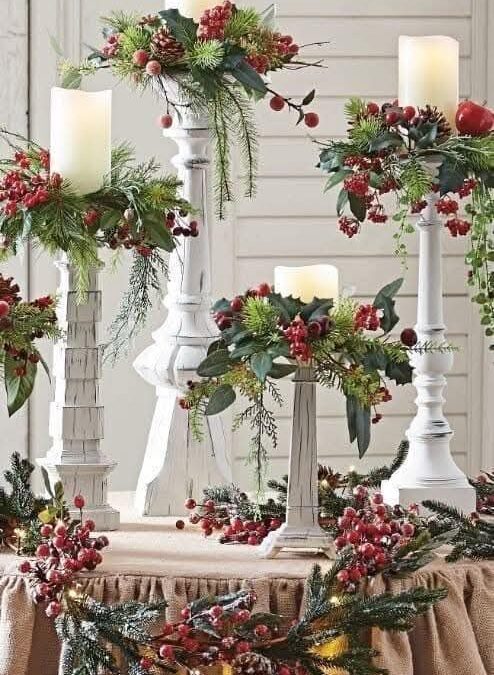
Happy Holidays from The Orlando Garden Club
Merry Christmas and Happy New Year!

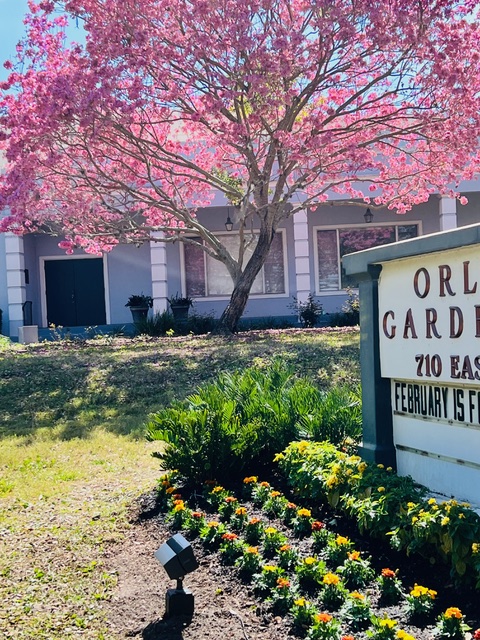
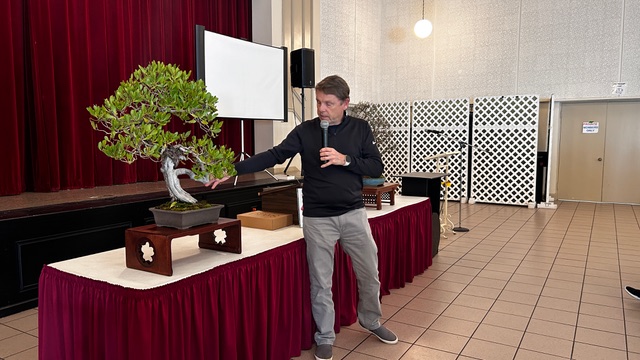
In February the Orlando Garden Club’s Lake Silver Shores Circle members learned about the art of Bonsai.Robert Kempinski is an internationally renowned Bonsai grower. He travels the world appreciating the art of Bonsai as perfected in different countries and cultures. He lives in the Melbourne area.
Kempinski suggests a few plant species for growing Bonsai. He says it is best to use trees that grow well where you live. Plants that grow well here may not grow well in Melbourne where he lives, for example,
Salt Bush. This plant grows very slowly and is malleable. It may grow better in Melbourne than in Central Florida.
Cedar Elm -This is an example of a tree that grows well up north, it needs cold weather. If you grow a Bonsai with Cedar Elm you will have to have it indoors all the time. This tree won’t have leaves until March.
Sea Hibiscus. This plant has fast growing roots. By trimming, it gives smaller leaves.
Juniper Trees. Kempinski says these are great for bonsai. He has one growing since 1998. “There’s no such thing as an instant bonsai,” he said. They grow slowly.
Florida Elm – This tree has small leaves and grows well in a pot. He has one that is 20 years old.
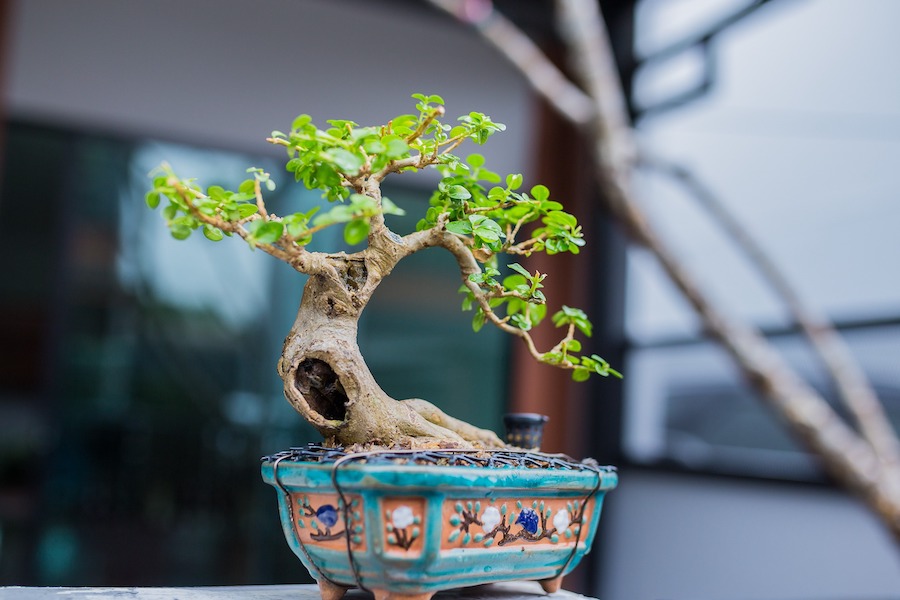
May Memorial Day Weekend
The Bonsai Society of Florida is celebrating 50 years at their state convention which will be in Orlando. Their convention will be held at the Florida Hotel in Florida Mall during the Memorial Day weekend. You can visit and enjoy the display of Bonsai from all over the state.
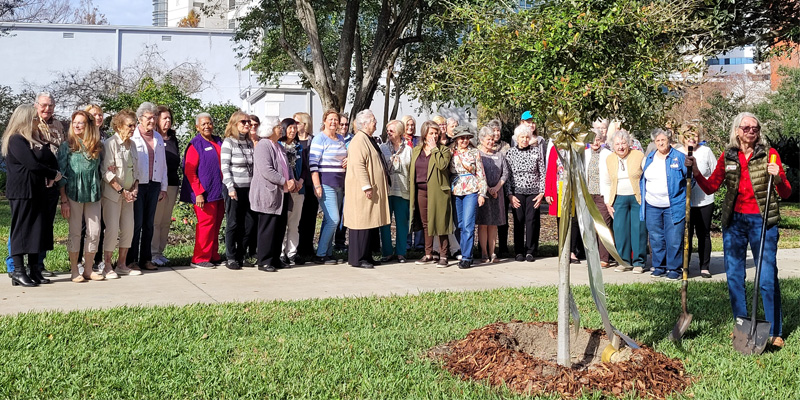
Arbor Day
The Orlando Garden Club Commemorated Arbor Day in many different ways this year. Approximately 150 Florida Garden Clubs held their tree planting event at 11:00 am!!
Kathy Hall, arborist from the City of Orlando spoke on planting new trees. Her team planted a Bluff Oak on club grounds. This tree does not have aggressive roots, its canopy is rounded and upright, and it may get up to 60 feet tall. Ms. Hall shared some of her tree knowledge during a brief presentation to our members after our ceremony.
Hall is an arborist and landscape inspector for the City of Orlando.
During the month of January Bonnie Hansen presented on the Billbergia as our horticulture of the month. She presented two varieties. Queen’s Tears and Theodore Mead.
Billbergia Queen’s Tears was hybridized to have a larger flower by Dr. Theodore Mead of Mead Gardens fame. This plant grows well in a pot and pups readily. It doesn’t need a lot of soil and can grow in a tree as an epiphyte. Bonnie distributed pups for members to grow.
Photo: Billbergia Theodore Mead, photo by Wes Schilling.